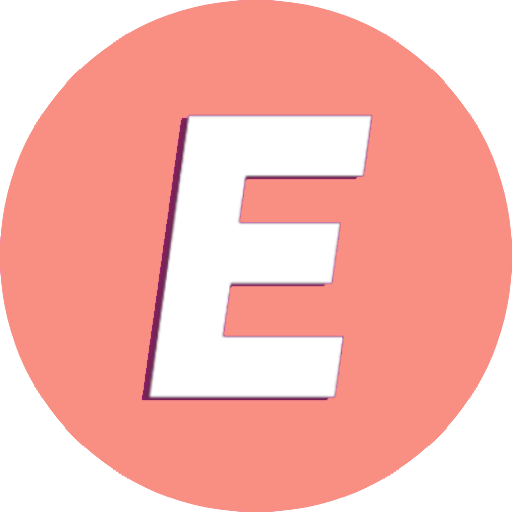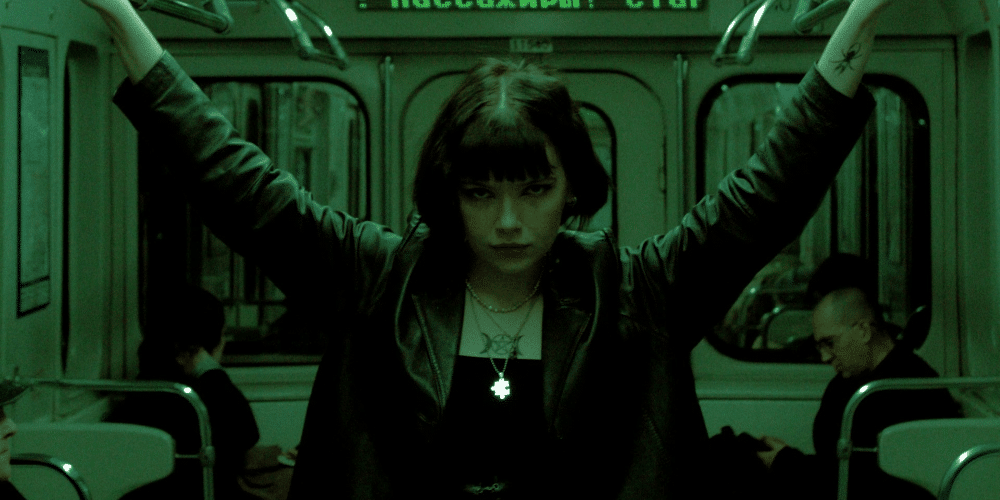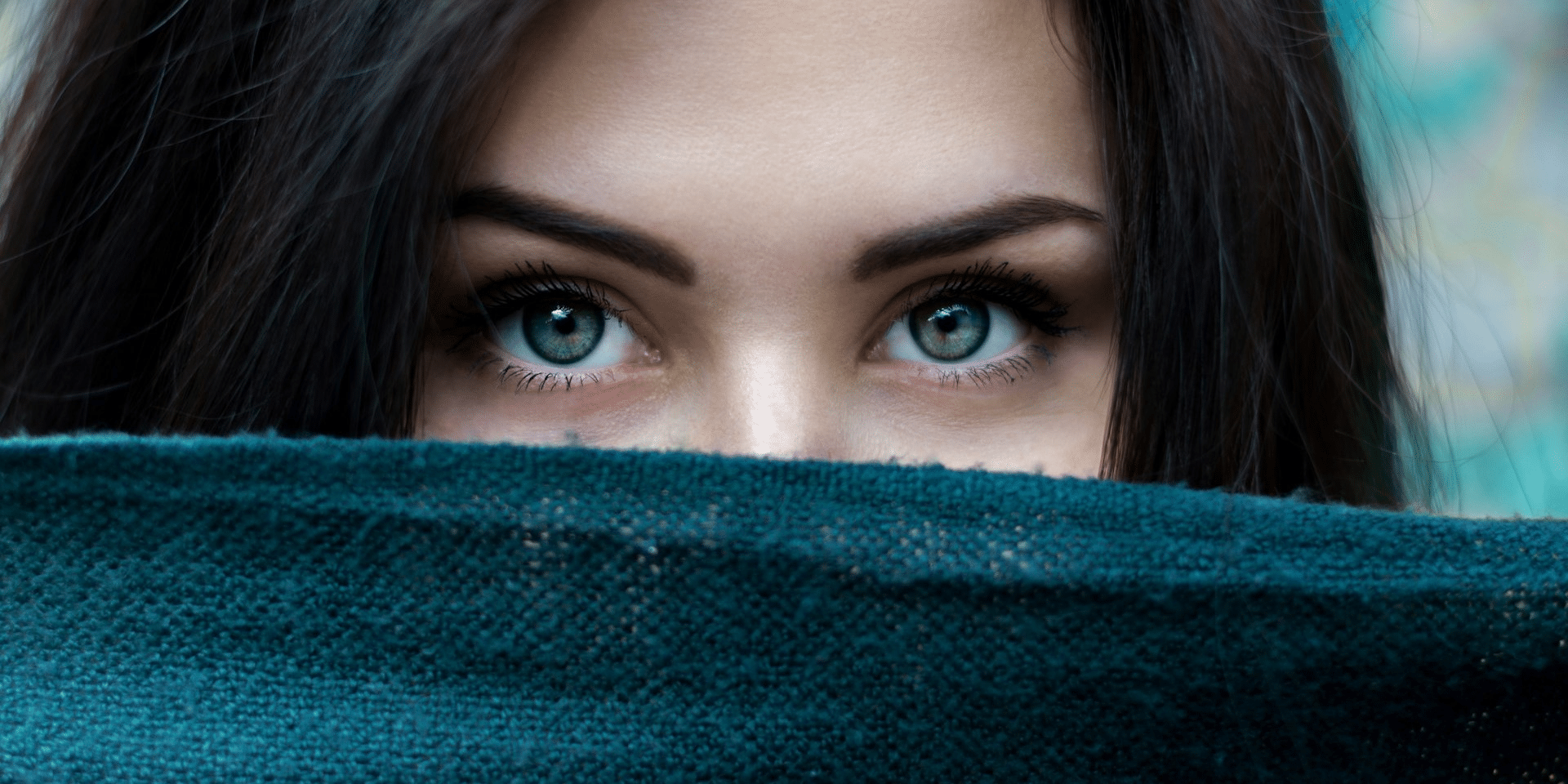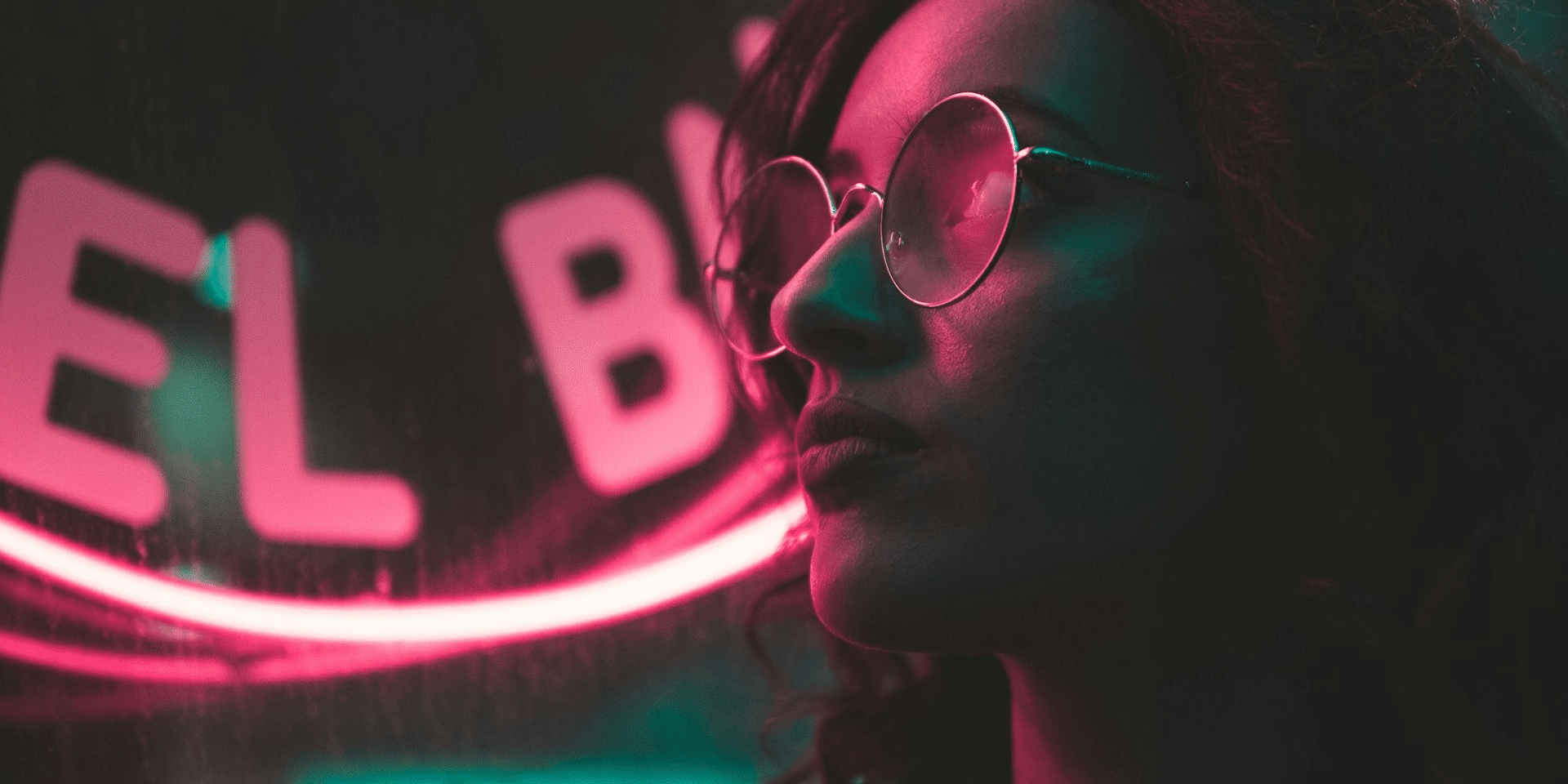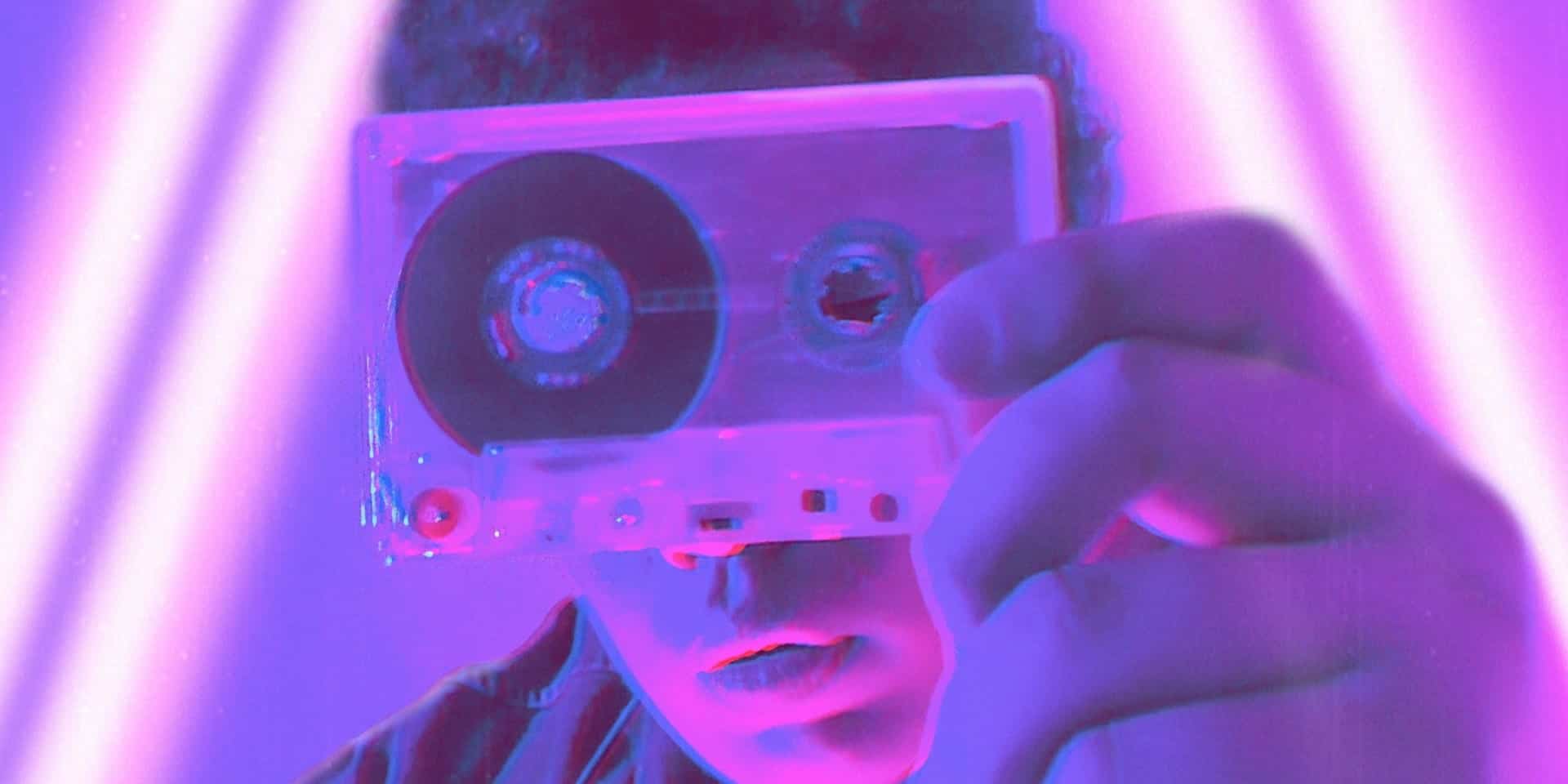Angles are a fundamental aspect of cinematography, shaping the visual language of films and influencing how viewers perceive and interpret scenes. From low-angle shots that make characters appear powerful to high-angle shots that convey vulnerability, the choice of angle can profoundly impact a film’s composition and storytelling. This article explores how angles change a film’s composition and examines the creative possibilities they offer to filmmakers.
Understanding Angles in Cinematography
In cinematography, the term “angle” refers to the position from which a shot is taken relative to the subject or scene being filmed. Different angles can convey different perspectives, emotions, and meanings, allowing filmmakers to manipulate the viewer’s perception and engagement with the story.
One of the most common angles used in filmmaking is the eye-level angle, which provides a neutral and natural perspective that mimics the viewer’s point of view. Eye-level shots are often used for dialogue scenes and moments of emotional intimacy, as they create a sense of immediacy and realism.
Low-Angle Shots
Low-angle shots are taken from a position below the eye level of the subject, looking up towards them. These shots are often used to make characters appear larger than life, powerful, or dominant. By placing the camera below the subject, filmmakers can create a sense of authority and awe, emphasizing the character’s strength or significance within the narrative.
Low-angle shots are commonly employed in action sequences, superhero films, and scenes of triumph or victory. They can also be used to introduce intimidating or imposing characters, adding tension and suspense to the story.
High-Angle Shots
In contrast, high-angle shots are taken from a position above the eye level of the subject, looking down towards them. These shots can create a sense of vulnerability, powerlessness, or insignificance, as the viewer looks down on the characters from a position of authority.
High-angle shots are often used to convey feelings of fear, helplessness, or oppression. They can be particularly effective in horror films, thrillers, and scenes of conflict or danger, where they enhance the sense of suspense and heighten the emotional impact of the story.
Dutch Angle
The Dutch angle, also known as a canted angle or oblique angle, involves tilting the camera to create a diagonal composition. This technique is used to convey disorientation, tension, or psychological unease, as the tilted horizon disrupts the viewer’s sense of balance and stability.
Dutch angles are often employed in scenes of suspense, confusion, or psychological turmoil, where they enhance the sense of disorientation and heighten the emotional intensity of the moment. They can also be used to visually represent a character’s mental state or inner turmoil, reflecting their psychological journey throughout the narrative.
Creative Possibilities
Beyond their narrative implications, angles offer filmmakers a wide range of creative possibilities for expressing visual ideas and concepts. By experimenting with different angles, filmmakers can convey mood, atmosphere, and theme, adding depth and complexity to their storytelling.
For example, extreme angles, such as overhead shots or extreme close-ups, can create a sense of intimacy or claustrophobia, drawing viewers into the inner world of the characters. Wide-angle shots, on the other hand, can capture the vastness of landscapes or cityscapes, emphasizing the scale and grandeur of the setting.
Symbolism and Visual Metaphors
Angles can also be used to convey symbolism and visual metaphors in films. For example, a low-angle shot looking up at a character may symbolize their rise to power or their triumph over adversity. Similarly, a high-angle shot looking down on a character may symbolize their vulnerability or their submission to external forces.
Angles can also be used to create visual metaphors that reinforce the themes and motifs of a film. For example, a Dutch angle may be used to represent the instability and uncertainty of a character’s mental state, while a wide-angle shot may symbolize the vastness and complexity of the world around them.
The Road Ahead
Angles are a powerful tool in the filmmaker’s arsenal, shaping the composition and visual language of films in profound ways. Whether through low-angle shots that convey power and dominance, high-angle shots that evoke vulnerability and fear, or Dutch angles that create tension and disorientation, the choice of angle can have a significant impact on how viewers perceive and interpret scenes.
By understanding the nuances of angles and their effects on composition, filmmakers can enhance the storytelling experience, evoke emotional responses, and engage audiences on a deeper level. As technology continues to evolve and filmmakers push the boundaries of visual storytelling, the creative possibilities offered by angles will continue to inspire and captivate audiences for generations to come.


